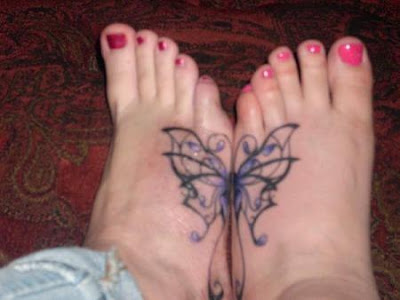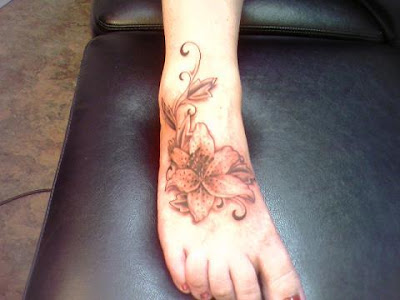ankle foot tattoo
Feminine Ankle Foot Tattoo Pattern for New Year
ankle foot tattoo designs
Girly Tattoos – Cute Feminine Ankle, Foot
A girl's foot tattoo can be a great choice. Although there are a few things
foot tattoo ideas
cherry blossom ankle and foot tattoo. Posted by Steve 'A' on August 2nd,
Tattoo Aftercare Picture Star Foot Tattoos – Struggling to Find Good Tattoo
cherry blossom ankle and foot tattoo. Posted by Steve 'A' on August 2nd,
ankle foot tattoos
small foot tattoo
Popular foot tattoos include toe rings, ankle bands, and small designs that
ankle foot tattoo designs
Cute feminin, sexy foot tattoo for girls
Three ankle tattoos pictured together. Foot Tattoos For Women
View our selection of hand, ankle and foot tattoos online …

 What do a married couple, an on-again-off-again Upper East Side pair, a set of cheerleaders, two lovable nerds, a pair of glee club frenemies, an angsty vampire-human duo, supernatural partners, and a set of friends-turned-lovers have in common? They've all made it to the Elite Eight of our TV Couples March Madness Challenge!
What do a married couple, an on-again-off-again Upper East Side pair, a set of cheerleaders, two lovable nerds, a pair of glee club frenemies, an angsty vampire-human duo, supernatural partners, and a set of friends-turned-lovers have in common? They've all made it to the Elite Eight of our TV Couples March Madness Challenge!






















